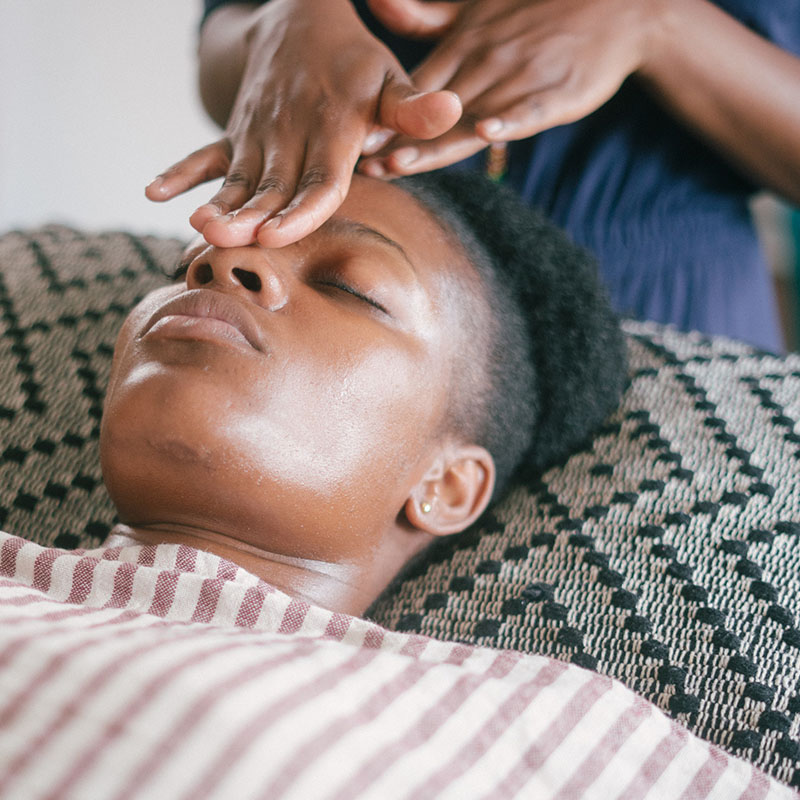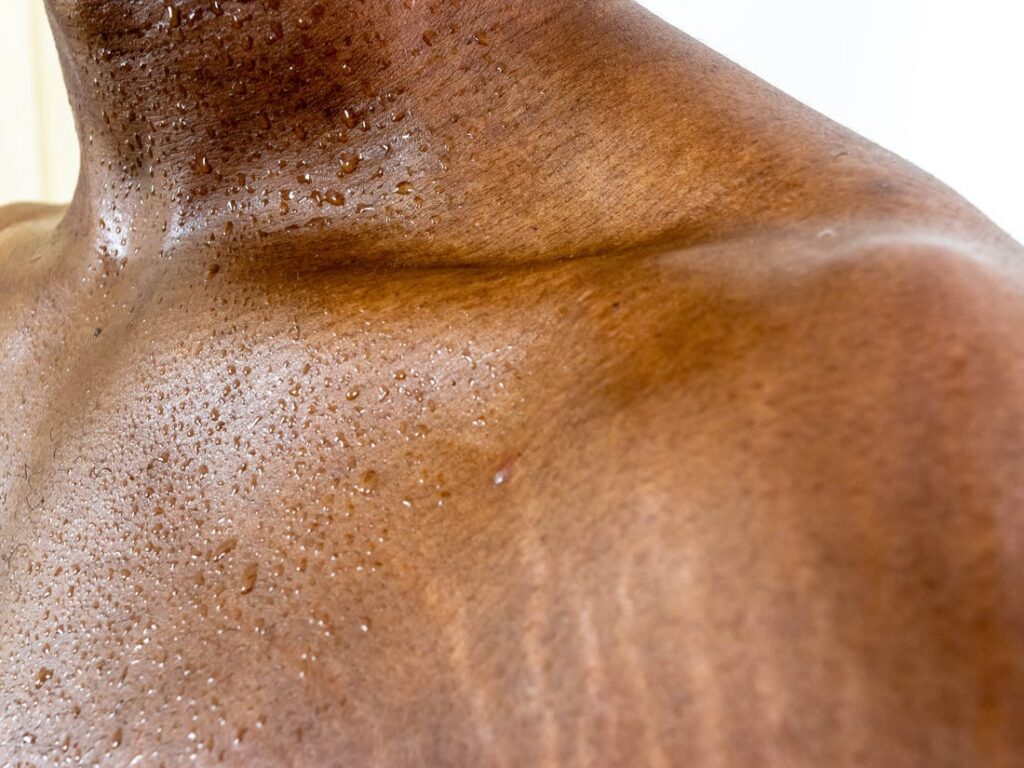I remember during my teenage years, one day I looked at myself in the mirror and noticed I had stretch marks around my shoulders. I was like what? How come? This was because I was slim and had always had the impression that only chubby people had it. With a little research here and there, I discovered that was totally untrue. So, what are stretch marks?
What are they?
It is a type of scar that develops when our skin stretches or shrinks quickly. The abrupt change causes the collagen and elastin, which support our skin, to rupture. As the skin heals, stretch marks may appear.
They are also called striae distensae or striae gravidarum. They may be red, purple, or silver in appearance. Most often they tend to appear on the: stomach, chest, hips, bottom, thighs.
Although they are common during pregnancy, anyone can develop it in any phase of life. Some people are more susceptible to them. If your family has a history of stretch marks, you are more likely to get them.
READ ALSO: THESE 5 SKIN TYPES NEEDS A CHEMICAL PEEL
What causes it?
Stretch marks seem to be caused by a stretching of the skin. Their severity is affected by several factors, including your genetic tendency, degree of stress on the skin and cortisone level. Cortisone — a hormone produced by the adrenal glands — weakens elastic fibers in the skin.
Who is at risk of getting it?
Anyone can develop it, but some factors increase your likelihood of getting them, including:
- Being female
- Having a personal or family history of stretch marks
- Being pregnant, especially for younger women
- Being overweight or obese
- Rapidly gaining or losing weight
- Using corticosteroid medication
- Undergoing breast enlargement surgery
- Having Cushing’s syndrome, Marfan syndrome or certain other genetic disorders
What the symptoms ?
According to experts, they usually look different and they also vary due to factors like what caused it, how long you have had it, what part of your body it is located, and your skin type. Some of the most common variations are: Indented streaks or lines in the skin; Pink, red, black, blue, or purple streaks; Bright streaks that fade to a lighter color; Streaks on the abdomen, breasts, hips, buttocks, or thighs; Streaks covering large areas of the body.
Prevention
There’s no way to prevent them completely, even if you use lotions and creams. However, keeping your weight in a healthy range by making sure you eat well and engage in regular exercises can help to prevent stretch marks caused by sudden weight gain or loss.
Treatment
There are several ways to treat stretch marks, however, we will be taking a look at a few of them, and they include:
Microdermabrasion
It is used to treat light scarring, discoloration, and sun damage, and can be used to lessen the appearance of stretch marks, among other conditions.
The technique also helps to thicken your collagen, which results in a younger looking complexion. Collagen is a protein in your skin that is abundant when you’re a child and makes skin appear taut and smooth. Collagen production declines as we age, resulting in looser, uneven skin.
Chemical peel
it is a body treatment technique used to improve and smooth the texture of the skin using a chemical solution that causes the dead skin to slough off and eventually peel off.
RECOMMENDED FOR YOU: USING CHEMICAL PEELS TO GET A HEALTHY, GLOWING SKIN
The regenerated skin is usually smoother and less wrinkled than the old skin. Thus the term chemical peel is derived.
People are advised to seek professional help from a dermatologist, aesthetician on the specific type of chemical peel before a procedure is performed.
Cosmetic surgery
For instance, cosmetic surgery like a tummy tuck, may remove skin with stretch marks. But these operations could leave scars. Plus, they are often painful and costly.
Ultrasound
This procedure sends sound waves deep into your skin to heat and tighten and jumpstart collagen production.
Stretch marks can be treated. To meet with our expert dermatologist please click here to book a session OR Speak to us on +2348126777778





